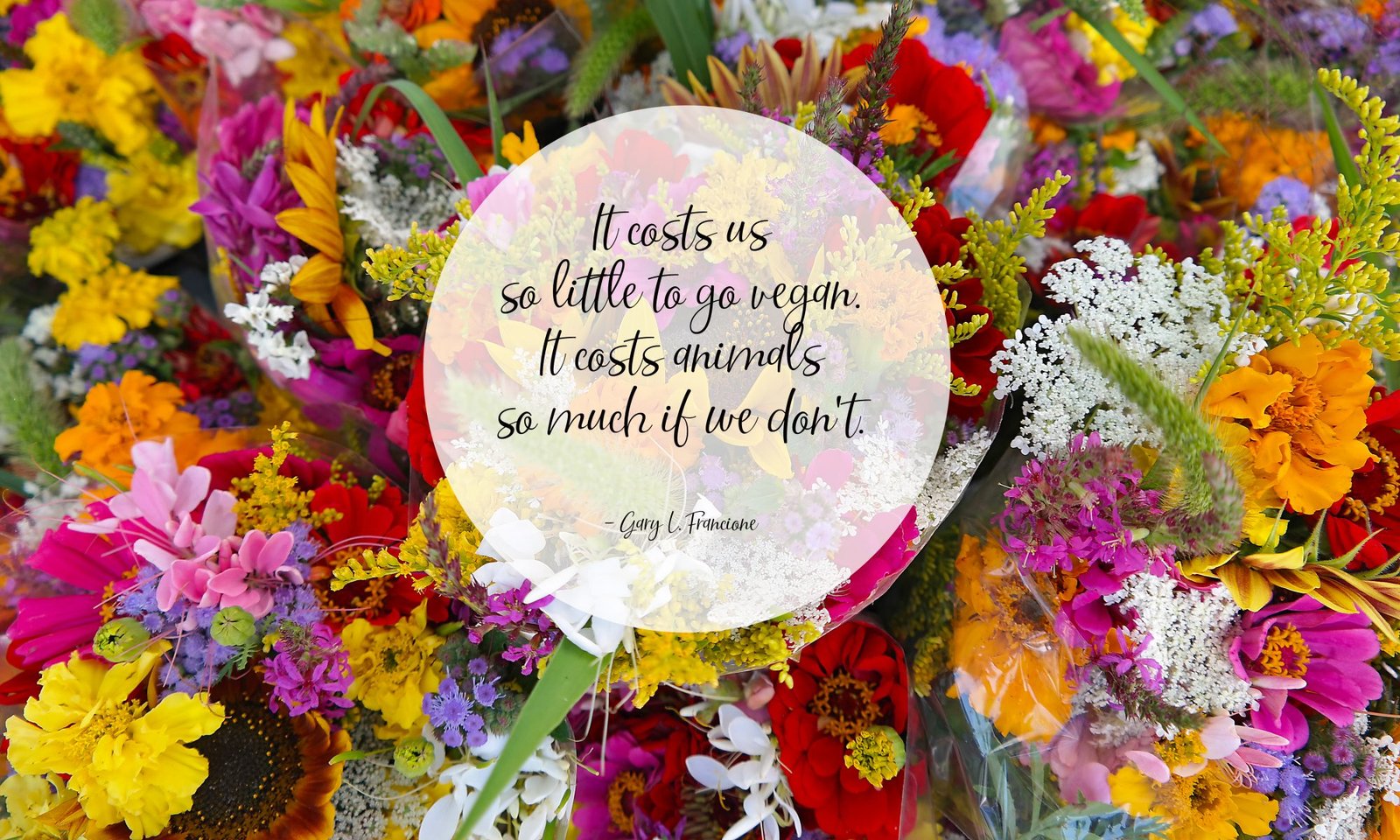In the United States, the FDA considers foods containing less than or equal to 20 ppm to be gluten-free,but there was no regulation or law in the U.S. for labeling foods as ‘gluten-free’. The finding of a current study indicates that some inherently gluten-free grains, seed, and flours not labeled gluten-free are contaminated with gluten!!! . The consumption of these products can lead to inadvertent gluten intake. The use of highly sensitive assays is mandatory to certify gluten-free food products. The European Union, World Health Organization, and Codex Alimentarius require reliable measurement of the wheat prolamins, gliadins rather than all-wheat proteins.
Australian standards reserve the “gluten-free” label for foods with less than 5 parts per million of gluten. In the processing of gluten-containing grains, gluten is removed.
“For years, gluten-free labels have gone unregulated, putting our gluten-free community in danger,” said Alice Bast, President of NFCA (The National Foundation for Celiac Awareness). “We applaud the FDA for finally publishing a standard definition of gluten-free.”
The new regulations (as of August 2nd 2013) state that a food must contain less than 20 parts per million (ppm) of gluten in order to bear a “gluten-free” label. Researchers support less than 20 ppm as a safe threshold for a product to be consumed by individuals with celiac disease and other gluten-related disorders.
(From http://www.fda.gov/Food/GuidanceRegulation/GuidanceDocumentsRegulatoryInformation/Allergens/ucm362880.htm):
How is “gluten-free” defined in the rule?
In general, foods may be labeled “gluten-free” if they meet the definition and otherwise comply with the final rule’s requirements. More specifically, the final rule defines “gluten-free” as meaning that the food either is inherently gluten free; or does not contain an ingredient that is: 1) a gluten-containing grain (e.g., spelt wheat); 2) derived from a gluten-containing grain that has not been processed to remove gluten (e.g., wheat flour); or 3) derived from a gluten-containing grain that has been processed to remove gluten (e.g., wheat starch), if the use of that ingredient results in the presence of 20 parts per million (ppm) or more gluten in the food. Also, any unavoidable presence of gluten in the food must be less than 20 ppm.
What do you think?
What are your thoughts?
I personally think though that 20ppm is still high number. Why can’t it be 0? Is it not possible?
For more info click here:
http://www.celiaccentral.org/NFCA-Responds-to-FDA-Gluten-Free-Labeling-Rule/796/

